#Aquila audax
Photo
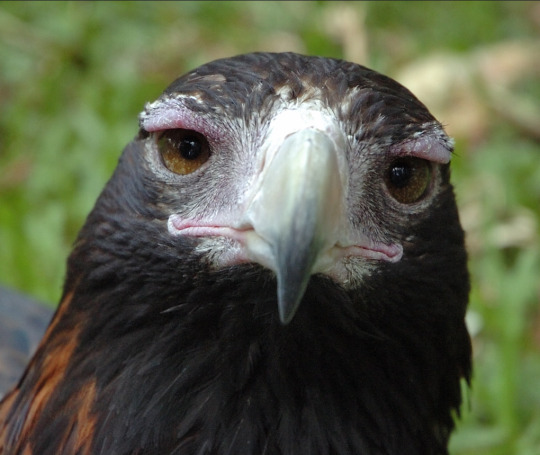
Funny Lips by Tony S
Wedge-tailed Eagle (Aquila audax)
1K notes
·
View notes
Text

Wedge-Tailed Eagle for a $15 Ko-fi supporter
#once again got way too carried away with this one lol#art#my art#digital#digital art#clip studio paint#csp#clip studio#kofi#ko-fi#kofi commissions#commissioned work#request#doodle#coloured#eagle#wedge tailed eagle#wedge-tailed eagle#Aquila audax#bird#birdblr#lazert#lazer-t
32 notes
·
View notes
Photo
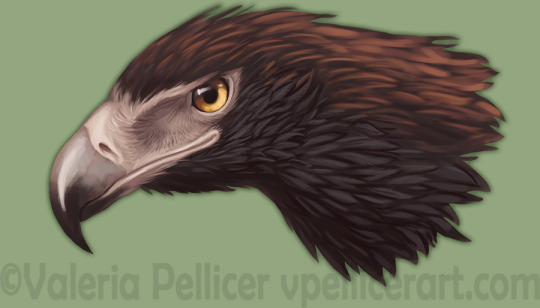
A new variant has been added!
Wedge-tailed Eagle (Aquila audax)
© Valeria Pellicer
It hatches from conspicuous, dark, dead, due, golden, high, large, long, massive, mountainous, and young eggs.
squawkoverflow - the ultimate bird collecting game
🥚 hatch ❤️ collect 🤝 connect
3 notes
·
View notes
Text
ÁGUILA AUDAZ
AQUILA AUDAX
AQUILA AUDAX
LONGITUD: 81 A 100 CENTÍMETROS.
PESO: 2 A 5,5 KILOS.
PLUMAJE: SIMILAR PARA AMBOS SEXOS.
MIGRACIÓN: NO MIGRATORIA.
ESTADO: COMÚN.
UBICACIÓN: SUR DE NUEVA GUINEA, AUSTRALIA ( INCLUIDO TASMANIA ).
ES EL AVE DE PRESA MÁS GRANDE DE AUSTRALIA, CON PLUMAJE MARRÓN OSCURO Y UNA LARGA COLA GRADUADA, QUE LE CONFIERE UNA SILUETA MUY CARACTERÍSTICA MIENTRAS VUELA. SE ALIMENTA DE UNA…
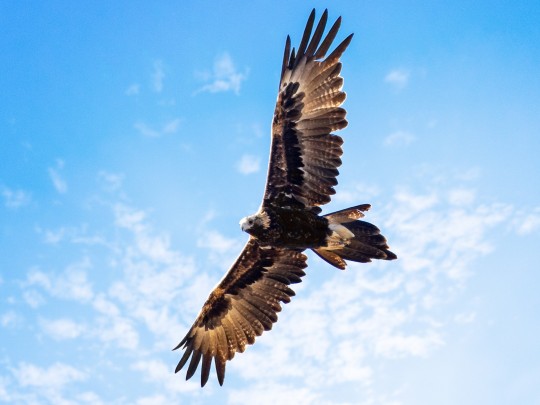
View On WordPress
0 notes
Text
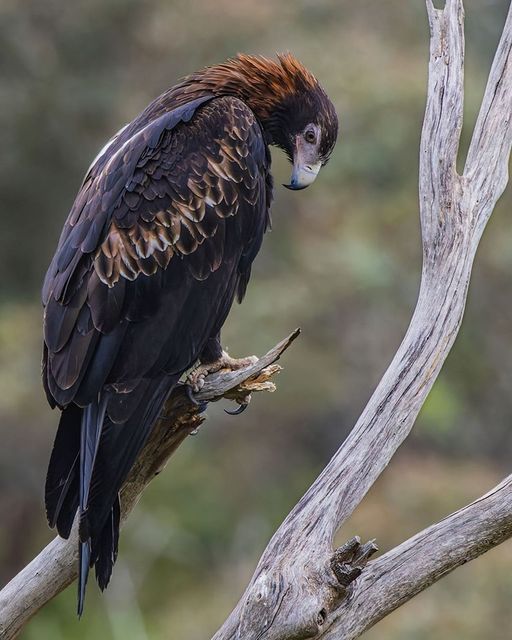
Wedge-tailed Eagle (Aquila audax), family Accipitridae, Australia
photograph by jasonshavk_photography
297 notes
·
View notes
Text
Dynatoaetus pachyosteus Mather et al., 2023 (new species)
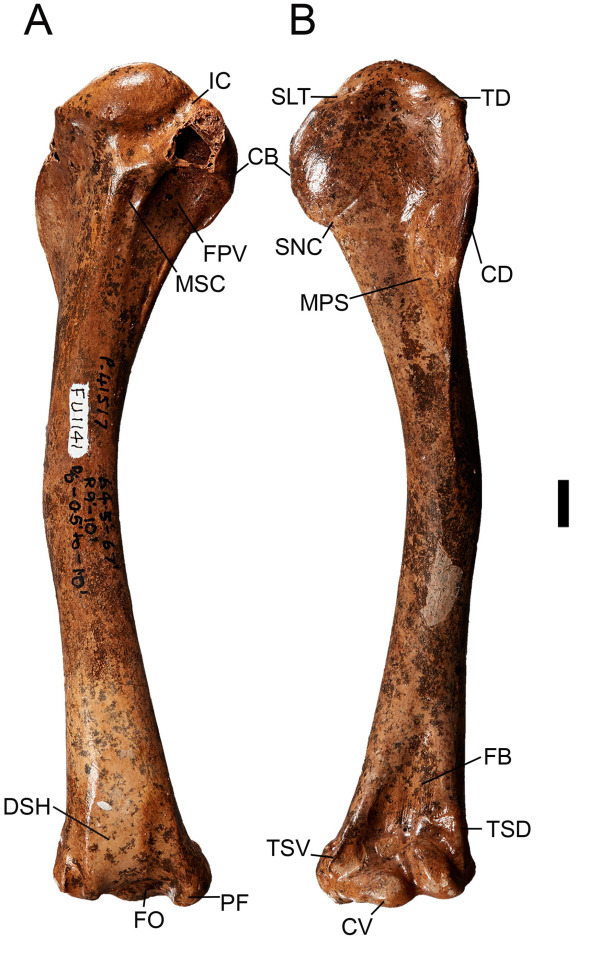
(Type humerus [upper arm bone] of Dynatoaetus pachyosteus [scale bar = 10 mm], from Mather et al., 2023)
Meaning of name: pachyosteus = thick bone [in Greek]
Age: Pleistocene (Chibanian)
Where found: Victoria Fossil Cave, South Australia, Australia
How much is known: Several isolated bones from the skull and limbs. It is unknown whether any of these bones belonged to the same individuals.
Notes: D. pachyosteus was an accipitrid, or a "hawk" in the broad sense. The only other species of Dynatoaetus that had previously been named was D. gaffae, which was described earlier this year from various Pliocene–Pleistocene fossil sites in Australia, including Victoria Fossil Cave. D. gaffae was one of the largest known accipitrids of all time, whereas D. pachyosteus was smaller (though still large for an accipitrid), about the same size as the wedge-tailed eagle (Aquila audax) that still lives in Australia today.
Despite being of similar size, D. pachyosteus was more robustly built than the wedge-tailed eagle and may have therefore been adapted to hunting larger prey. Given that wedge-tailed eagles can prey on big kangaroos by working in pairs, it is plausible that D. pachyosteus habitually hunted juveniles and weakened adults of the now-extinct giant marsupials and flightless birds that it lived alongside. Indeed, it may have been their reliance on these megafauna as a food source that drove both species of Dynatoaetus to their eventual demise.
Reference: Mather, E.K., M.S.Y. Lee, D.A. Fusco, J. Hellstrom, and T.H. Worthy. 2023. Pleistocene raptors from cave deposits of South Australia, with a description of a new species of Dynatoaetus (Accipitridae: Aves): morphology, systematics and palaeoecological implications. Alcheringa advance online publication. doi: 10.1080/03115518.2023.2268780
#Palaeoblr#Birblr#Dinosaurs#Birds#Dynatoaetus pachyosteus#Pleistocene#Oceania#Telluraves#2023#Extinct
26 notes
·
View notes
Text

[https://www.inaturalist.org/observations/151020545]
Wedge-Tailed Eagle || Aquila audax
Observed in Australia
#ornithology#eagle#birds#birds of prey#raptor#nature#wildlife#photography#air beast#who cooks for queue? who cooks for queue all?
13 notes
·
View notes
Text
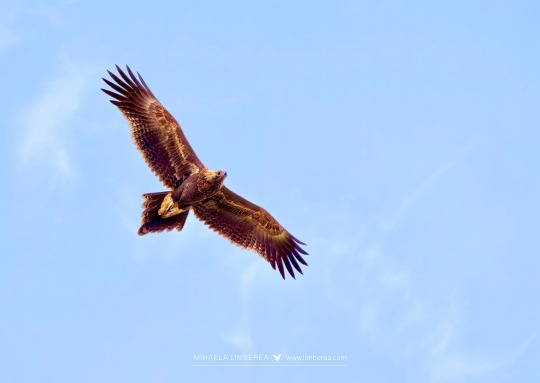
The wedge-tailed eagle (Aquila audax) is the largest bird of prey in Australia. I spotted many of them above Ecopia Retreat - the perfect accommodation if you love nature and wildlife.
#travel#trip#australia#wildlife#wildlifephotography#birdphotography#bird#wedge tailed eagle#kangarooisland#south australia
7 notes
·
View notes
Text

Kylo Ren art by Aquila-Audax
6 notes
·
View notes
Text
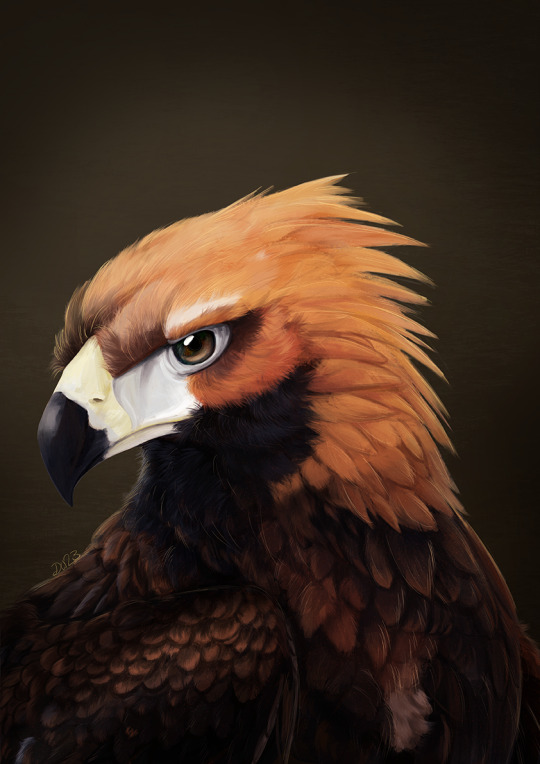
The Eaglet (2020)
Photo Study of a Wedge-Tailed Eagle (Aquila Audax) for school. Original reference photos were taken by my Nana of a twelve week old Eaglet near our town
SpeedPaint: youtu.be/xeTjMtM_GqU
8 notes
·
View notes
Photo

These 3 are now available on Redbubble in multiple kinds of products :)
https://www.redbubble.com/people/aquila-audax/shop
21 notes
·
View notes
Text
Everlasting summer h patch full gallery


Wingecarribee Shire Council playing the "Blame Game".The Kangaloon Aquifer must not be drained.(Editor's note: I have corrected a previous mis-spelling of the name "Wingecarribee" (not "bb"). Not only were they a joy to behold, their presence also indicates that the Wingecarribee River is in pretty good condition. I was delighted to see these beautiful birds. We were fortunate to have an excellent view of a pair of Azure Kingfishers (Alcedo azurea), (Image: birds flew low, just above the river surface (which is very typical behaviour), and then perched, conveniently for us, on low branches of the Sheoaks on the opposite bank of the waterhole. These characters chased each other around the bends of the Wollondilly, Wingecarribbee and Cox’s Rivers, creating the steep cliffs, and sharp bends in these rivers, and even creating the Wombeyan Caves in the process of their legendary battles.Īfter Aunty Val told us her people’s story, we had lunch beside the Wingecarribbee.

That was the very spot at which Aunty Val was re-telling this Gundungarra Dreaming story. As the story was told, “One of this fella's main camping spots was in a large deep billabong that is at the junction of the Wollondilly and Wingecaribee rivers”. Then she told us the story of the great battles between two creatures Mirringan (the Tiger Quoll), and the other a great fish/serpent character, called Gurrangatch. Firstly she welcomed us to Gundungarra Land. There were many small fry in the river, but what species they were, I could not guess.Īunty Val Mulcahy, a representative of the Wingecarribbee Local Reconciliation Group, was invited by David Tranter to tell us the Aboriginal stories of the creation of the rivers where we were. There were a few large fish visible in the river, (I hope that they were not Carp). It was not the pale creamy colour of its fellow river. The water had a greenish tinge to it, but it was at least translucent. I am pleased to report that, compared to the Wollondilly, it was pretty clean. Note the extremely rough terrain, and the convoluted path of these 2 rivers, but especially the Wingecarribbee River (marked in red). They circled, rising and dropping, as they played on the gentle updrafts produced by the light breezes passing across the tops of these mountains.įollowing the very turgid Wollondilly River upstream, we came to the confluence of that river with our own local Wingecarribee River (it rises in Robertson, as the Caalang Creek). Clearly we were no longer within the sandstone terrain so familiar to residents of the Southern Highlands.Īs soon as we got out of the cars, we looked towards the towering hilltops and were rewarded with a wonderful view of no less than 4 Wedge-tailed Eagles (Aquila audax) flying together. Granite boulders dominated the local river bank. Eventually we reached the river bottom, and parked on a broad sandy beach, with tall River Sheoaks (Casuarina cunninghamiana). The NPA had arranged for our group to travel across private property, down a 3 Km long steep and windy track. At that point the shape of the valleys changed from the familiar sandtone plateau with abrupt cliff lines, to deep V-shaped valleys.

Then abruptly it changed to decomposed granite. The soil-type changed from sandstone to black soil, and then back to sandstone, then to red basalt soil. Leaving Welby via the Wombeyan Caves Road, we drove across the plateau, and then entered some heavily forested country, passed through the Rock Tunnel (Arch), then passed the Burrogorang Lookout. (Two satellite Images are based on Google Earth pictures, with my own additions, labels and coloured lines to indicate the tracks of the 2 rivers in question.) This river junction is located about 25 Km west of Mittagong, about 5 Kms off the Wombeyan Caves Road. Local members of the National Parks Association (NPA) led a walk to the confluence of the Wingecarribee River and the Wollondilly River on Wednesday.

0 notes
Photo
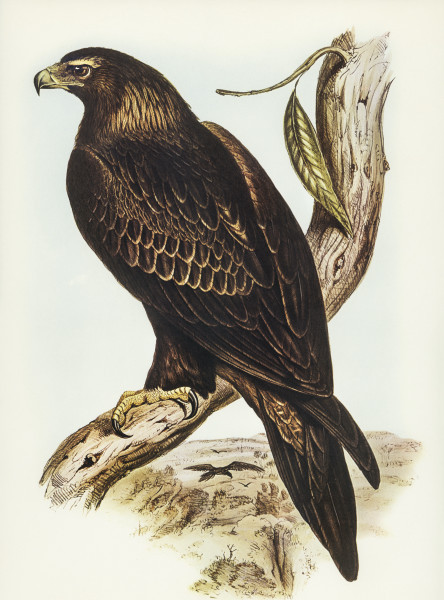
A new variant has been added!
Wedge-tailed Eagle (Aquila audax)
© J. Gould
It hatches from conspicuous, dark, dead, due, golden, high, large, long, massive, mountainous, and young eggs.
squawkoverflow - the ultimate bird collecting game
🥚 hatch ❤️ collect 🤝 connect
0 notes
Photo
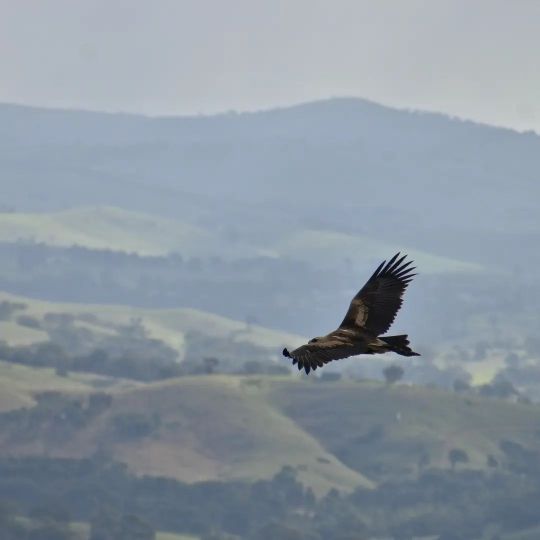
Wedge-tailed Eagle (Aquila audax) #eagle #birds #wildlife #nature #birdsofprey #raptor #australianbirds #australianwildlife #birdphotography #wildlifephotography #naturephotography #birdsofaustralia #birdlifeoz #birds_adored #best_birds_of_world #your_best_birds #discovermitchell #_pax_ #charming_nature #VicOurNature #parksvictoria #visitvictoria #ig_aussiepix #ig_discover_australia #ausgeo #australia_shotz (at Mount Piper) https://www.instagram.com/p/CdvEnKVPVv9/?igshid=NGJjMDIxMWI=
#eagle#birds#wildlife#nature#birdsofprey#raptor#australianbirds#australianwildlife#birdphotography#wildlifephotography#naturephotography#birdsofaustralia#birdlifeoz#birds_adored#best_birds_of_world#your_best_birds#discovermitchell#_pax_#charming_nature#vicournature#parksvictoria#visitvictoria#ig_aussiepix#ig_discover_australia#ausgeo#australia_shotz
0 notes
Text

Aquila fucosa | Elizabeth Gould (1804-1841) | The Birds of Australia. v.1 | rawpixel
2 notes
·
View notes
Text
Cryptogyps Mather et al., 2022 (new genus)

(Partial humeri of Cryptogyps lacertosus [scale bar = 10 mm], from Mather et al., 2022)
Meaning of name: Cryptogyps = hidden vulture [in Greek]
Species included: C. lacertosus (type species, previously in Taphaetus)
Age: Pleistocene (Chibanian–Late Pleistocene)
Where found: Katipiri Formation, South Australia, Australia; Leaena's Breath Cave, Western Australia, Australia; and Wellington Caves, New South Wales, Australia
Notes: Cryptogyps lacertosus was a bird of prey, originally described based on a partial humerus (upper arm bone) as part of the genus Taphaetus. The name Taphaetus was originally used for a different fossil raptor (T. brachialis), which is now considered to be a member of the extant eagle genus Aquila, and likely the same species as the wedge-tailed eagle (Aquila audax) that still lives in Australia today. The relationships of “T.” lacertosus to modern raptors, on the other hand, have remained unclear.
In a recent study, researchers described several new specimens of “T.” lacertosus (including additional humeri and a tarsometatarsus [fused ankle and foot bones]) and examined its potential affinities in detail. They found that it could be distinguished from all other previously named Australian raptor genera, thus justifying assigning it to a new genus. Furthermore, their analyses suggested that it was most likely an aegypiine vulture, making it a close relative of the extant cinereous (Aegypius monachus) and griffon vultures (Gyps fulvus). Australia currently lacks any native vultures or other specialized scavenging birds, so the identification of Cryptogyps as a vulture indicates that this niche had in fact been filled in Australian ecosystems until geologically recent times. Cryptogyps may have died out following the extinction of most Australian megafauna, whose carcasses it likely depended on.
Reference: Mather, E.K., M.S.Y. Lee, and T.H. Worthy. 2022. A new look at an old Australian raptor places "Taphaetus" lacertosus de Vis 1905 in the Old World vultures (Accipitridae: Aegypiinae). Zootaxa 5168: 1–23. doi: 10.11646/zootaxa.5168.1.1
78 notes
·
View notes